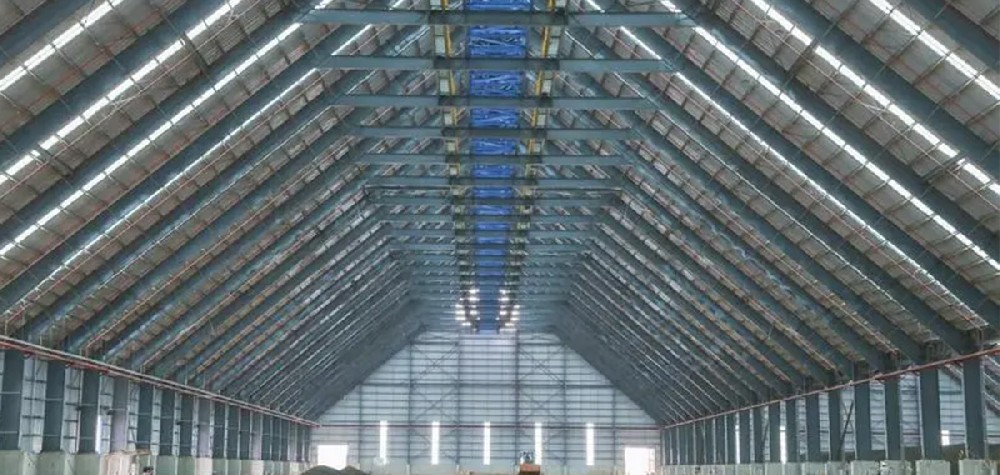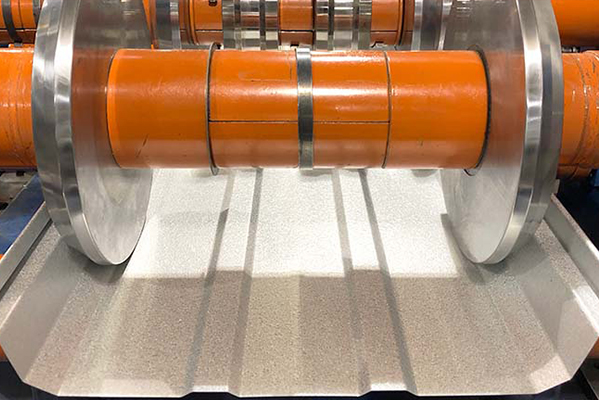Navigation Menu
Contact Us
- Email:
- info@wxavatar.com
- Address:
- Yurong Village, Yuqi Street, Huishan District, Wuxi, China.
Release Date:Jun 19, 2025 Visit:41 Source:Roll Forming Machine Factory
Manufacturers are continually innovating and refining purlin roll forming equipment designs to meet the evolving demands of the construction industry. These enhancements focus on improving efficiency, versatility, precision, and ease of operation.

Advanced Automation and Control Systems
A major area of enhancement lies in the integration of advanced automation and control systems. Modern purlin roll formers are equipped with sophisticated Programmable Logic Controllers (PLCs) and intuitive Human-Machine Interfaces (HMIs). This allows for greater control over the entire production process, from coil feeding to cutting and punching. Automation reduces the need for manual intervention, which in turn minimizes human error, improves consistency, and boosts overall production speed. Many systems now feature "one-click" profile changes, allowing operators to switch between different purlin shapes (C, Z, U, sigma) and sizes with remarkable speed and accuracy.
Rapid Changeover Capabilities
To cater to diverse project requirements and reduce downtime, manufacturers are designing machines with rapid changeover capabilities. This is particularly evident in multi-size and multi-profile machines. Innovations like telescoping shafts, modular tooling designs, and automated adjustment mechanisms allow for quick transitions between varying purlin dimensions and shapes without requiring extensive manual tooling changes. This adaptability significantly improves operational flexibility and enables manufacturers to respond swiftly to varied orders.
Enhanced Precision and Quality Control
The pursuit of enhanced precision and quality control is another key driver in design improvements. Roll formers now incorporate high-precision rollers, servo-driven cutting systems, and advanced sensing technologies. This ensures that purlins are produced with exact dimensions, consistent profiles, and clean, burr-free cuts. By minimizing dimensional inaccuracies and material defects, manufacturers reduce rework, improve material yield, and ensure that the finished components meet stringent industry standards for structural integrity.
Software Integration and Data Management
Modern purlin roll forming equipment increasingly features software integration and data management capabilities. This involves linking the machine's control system with design software, production planning tools, and even enterprise resource planning (ERP) systems. This integration allows for seamless data flow, enabling real-time monitoring of production metrics, fault diagnosis, and data analysis. Such insights help optimize production schedules, track material consumption, and predict maintenance needs, contributing to more efficient and data-driven manufacturing operations.
Optimized Material Handling and Usage
Designs are also being enhanced to optimize material handling and usage. This includes more efficient uncoiling and leveling systems that can handle a wider range of material gauges and types. Innovations in cutting technology, such as "infinite shearing," help minimize scrap and maximize material yield by allowing for precise cutting of purlins to any specified length. This focus on material efficiency not only reduces costs but also streamlines the entire production workflow.

Manufacturers are consistently pushing the boundaries of purlin roll forming technology. By focusing on smart automation, quick adaptability, unwavering precision, and robust data capabilities, they're creating machines that are more efficient, versatile, and user-friendly than ever before.